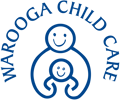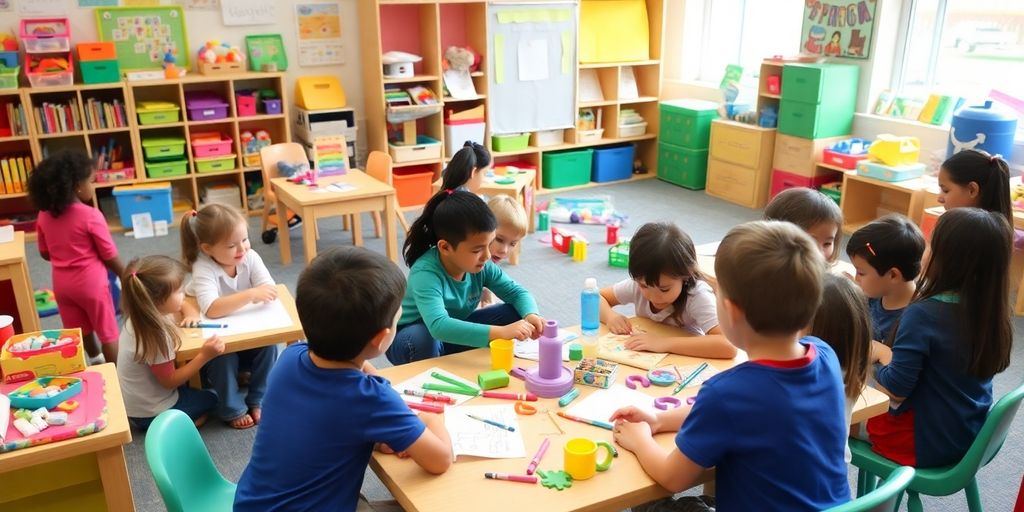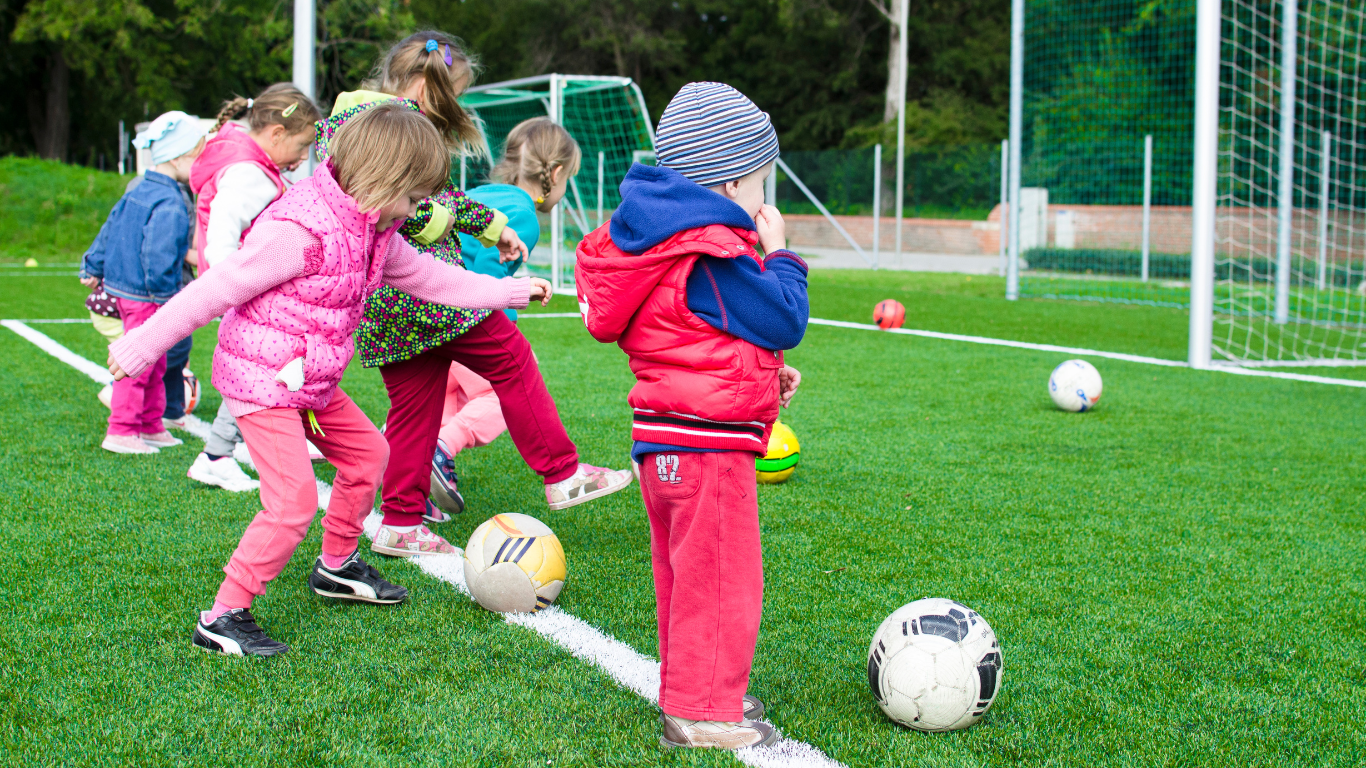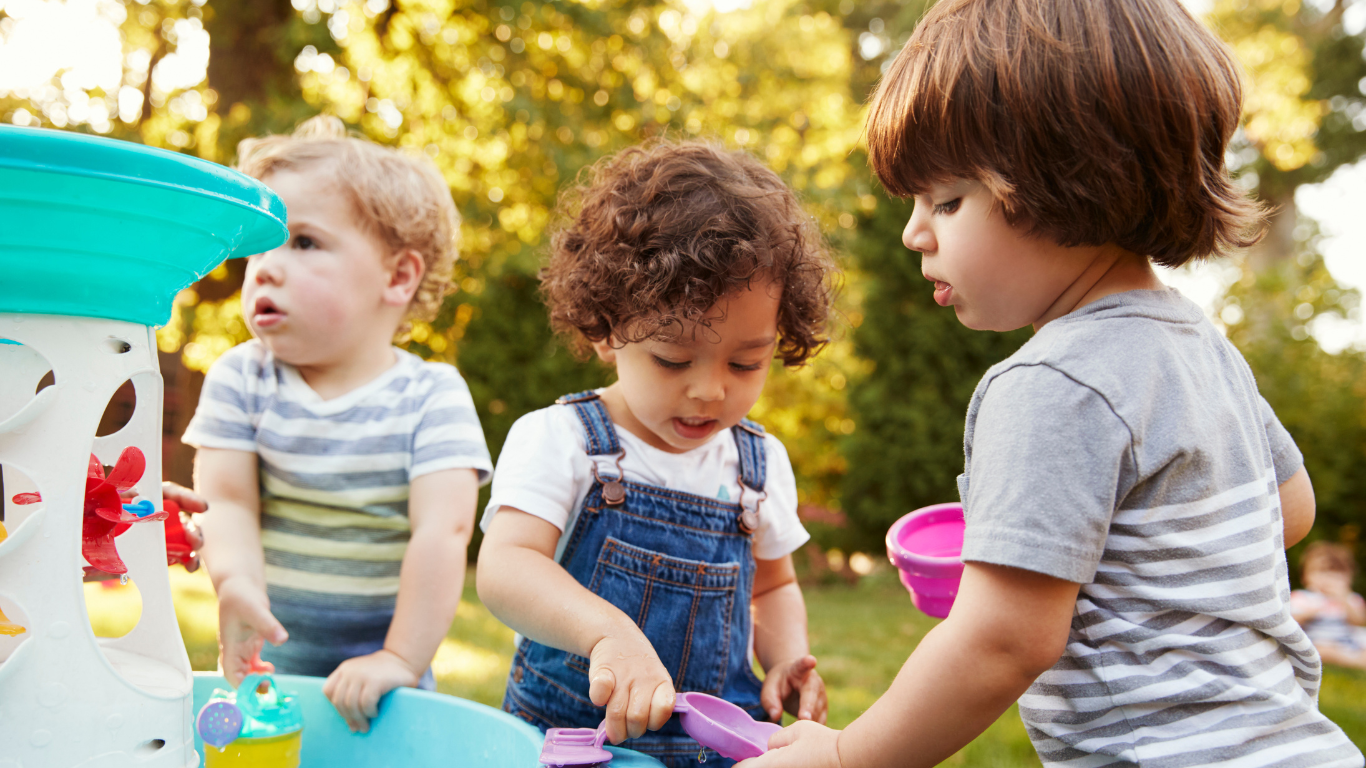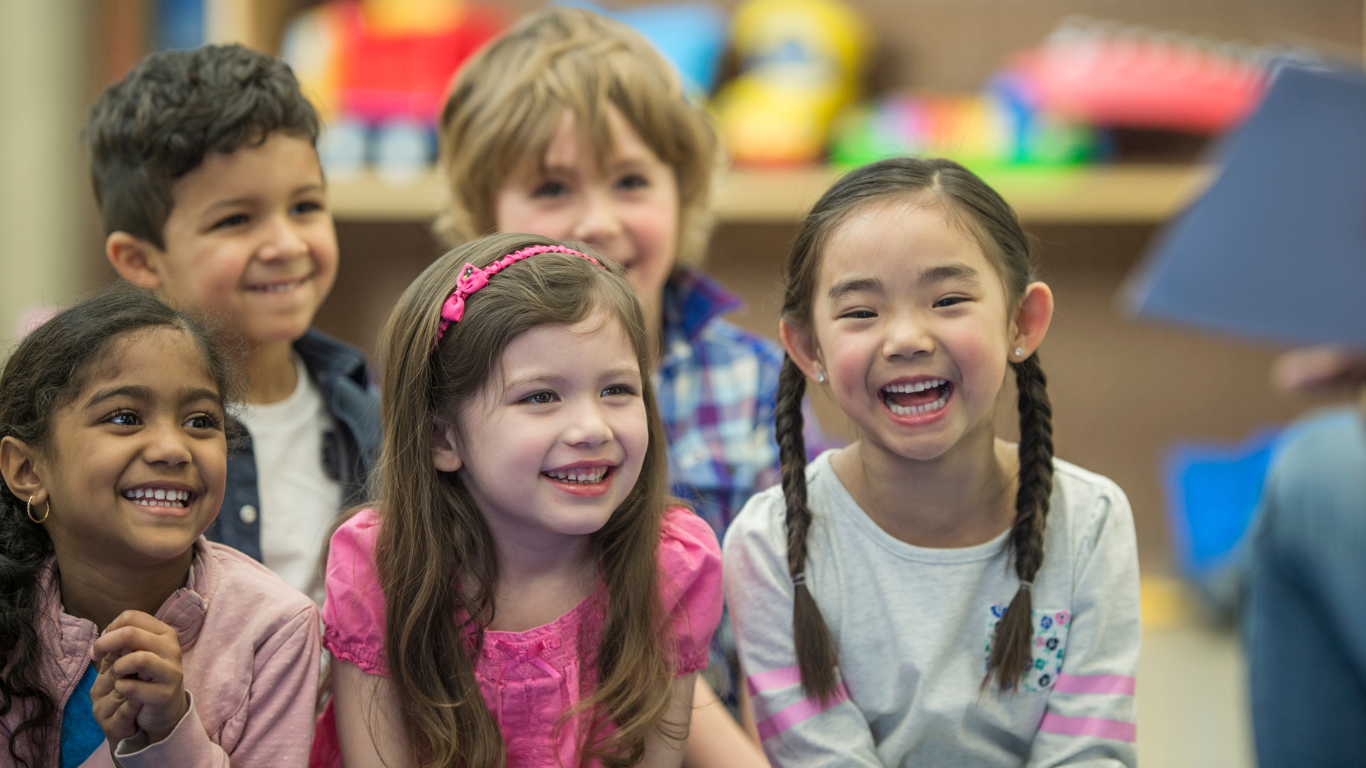
Cultural Diversity Activities in Child Care
Cultural diversity is vital in child care, shaping young minds to embrace differences from an early age. At Warooga Child Care, we believe in the power of cultural inclusivity to enrich children’s experiences and build a sense of belonging. Through various activities, we introduce kids to a world of cultures, helping them grow into open-minded individuals who appreciate diversity.
Key Takeaways
- Early exposure to diverse cultures helps children develop empathy.
- Celebrating different cultural events fosters a sense of community.
- Incorporating multiple languages enriches children’s communication skills.
- Hands-on activities, like cooking and art, make learning about cultures fun.
- Engaging families in cultural sharing strengthens connections and understanding.
Understanding Cultural Diversity In Child Care
Why is cultural diversity childcare so important? Well, it’s more than just ticking a box; it’s about shaping well-rounded, empathetic little humans. It’s about giving kids a head start in understanding and appreciating the world around them, in all its colourful glory. Let’s get into why this is so vital.
The Importance Of Early Exposure
Early exposure to different cultures is like planting a seed – it sets the stage for a lifetime of understanding and acceptance. Kids aren’t born with prejudices; they learn them. By introducing them to diverse perspectives early on, we can help prevent those biases from taking root. It’s about normalising difference from the get-go.
Think about it:
- Kids are naturally curious.
- They absorb information like sponges.
- Early experiences shape their worldview.
Early childhood is a critical period for social and emotional development. Introducing cultural diversity at this stage helps children develop a sense of identity and belonging, while also fostering respect for others.
Building Empathy Through Diversity
Inclusion in childcare isn’t just about having kids from different backgrounds in the same room. It’s about creating an environment where they can learn from each other, understand each other’s experiences, and develop empathy. When children hear stories from different cultures, taste different foods, and learn about different traditions, they start to see the world through a different lens. This helps them develop a deeper understanding of others’ feelings and perspectives.
Creating An Inclusive Environment
Creating an inclusive environment is key to making cultural diversity childcare work. It means making sure that all children feel valued, respected, and included, regardless of their background. This involves:
- Actively promoting respect for all cultures.
- Challenging stereotypes and biases.
- Providing resources and materials that reflect diversity.
It also means creating a space where children feel safe to ask questions and explore their own identities. For example, Warooga Childcare offers quality childcare services in Riverton and Southern River, Perth, and they understand the importance of creating such an environment.
Warooga’s Approach To Cultural Diversity Childcare
At Warooga Child Care, we don’t just pay lip service to cultural diversity; we weave it into the very fabric of our daily activities and interactions. We believe that children learn best through experience, and that includes experiencing the richness of different cultures. So, how do we actually do it? What’s our approach to making sure every child feels seen, valued, and understood?
Philosophy Of Inclusion
Our philosophy is simple: inclusion for all. We aim to create a space where every child, family, and staff member feels a sense of belonging. It’s not just about tolerating differences; it’s about celebrating them. We recognise that each person brings a unique perspective and set of experiences, and that these differences make our centre a more vibrant and enriching place. We actively work to remove barriers to participation and ensure that our programmes and activities are accessible to all children, regardless of their cultural background, language, or abilities. We believe that a truly inclusive environment is one where everyone feels safe, respected, and empowered to be themselves.
Celebrating Cultural Events
Throughout the year, we celebrate a variety of cultural events from around the world. This isn’t just about putting up decorations; it’s about providing opportunities for children to learn about different traditions, customs, and beliefs. For example:
- During Diwali, we might create Rangoli patterns and learn about the significance of light in Hindu culture.
- For Chinese New Year, we could try our hand at calligraphy and learn about the animals of the zodiac.
- During NAIDOC Week, we focus on celebrating the history, culture and achievements of Aboriginal and Torres Strait Islander peoples.
We always make sure to involve families in these celebrations, inviting them to share their own traditions and stories. This helps to create a sense of community and allows children to learn directly from people with lived experience.
Integrating Diverse Languages
We recognise that language is a key part of culture, so we actively work to integrate diverse languages into our programme. This might involve:
- Learning simple greetings and phrases in different languages.
- Reading books and singing songs in languages other than English.
- Inviting bilingual staff members or parents to share their language skills with the children.
We also make sure to provide support for children who are learning English as a second language, creating a welcoming and inclusive environment where they feel comfortable expressing themselves. We find that exposing children to different languages at a young age not only helps them to develop language skills but also broadens their understanding of the world and its people.
By actively promoting inclusion, celebrating cultural events, and integrating diverse languages, Warooga Child Care strives to create an environment where every child feels valued, respected, and empowered to embrace their own cultural identity while learning about and appreciating the cultures of others.
Activities That Promote Cultural Awareness
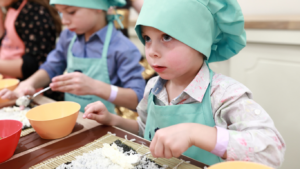
It’s one thing to talk about cultural diversity, but it’s another to actually do something about it. At Warooga Child Care, we believe in active learning. We want the kids to experience different cultures in a fun and engaging way. How do we do that? Well, here are a few activities we use to promote cultural awareness.
Storytime With Diverse Books
Storytime isn’t just about reading; it’s about opening up new worlds. We make a point of selecting books that feature characters from all walks of life. Think stories about Indigenous Australian kids, tales from faraway lands, and books that celebrate different family structures. The goal is to show children that there are many ways to live and be happy.
- We ensure the books are age-appropriate and engaging.
- We encourage discussion after reading, asking questions like “How is that family different from yours?”
- We regularly update our collection to include new and diverse voices.
Cooking Sessions Featuring Global Cuisines
Food is a fantastic way to explore different cultures. We organise cooking sessions where the children can help prepare dishes from around the world. Ever seen a bunch of four-year-olds trying to make sushi? It’s pretty adorable (and educational!).
We try to make it as hands-on as possible. The kids get to measure ingredients, mix things together, and, of course, taste the results. It’s a great way to introduce them to new flavours and ingredients, and it also teaches them about where food comes from.
Art Projects Inspired By Different Cultures
Art is another amazing way to explore cultural diversity. We do art projects inspired by different cultures. For example, we might try Aboriginal dot painting, create Japanese origami, or make colourful Mexican paper flowers. It’s all about letting the kids express themselves creatively while learning about different traditions. What’s more, we ensure that the environmental initiatives are also reflected in the art projects.
- We provide a range of materials to encourage creativity.
- We show examples of art from different cultures to inspire the children.
- We encourage the children to share what they’ve learned about the culture they’re representing in their art.
Benefits Of Cultural Diversity In Early Childhood
Why is multicultural learning early childhood so important? Well, exposing kids to different cultures early on has a stack of benefits that go way beyond just being ‘nice’. It genuinely helps them grow into well-rounded, understanding, and accepting individuals. Let’s have a look at some of the key advantages.
Fostering Curiosity And Acceptance
Kids are naturally curious, and introducing them to different cultures feeds that curiosity. When they see, hear, and experience new things, it sparks their interest in the world around them. This curiosity then leads to greater acceptance. They learn that differences are interesting, not scary. It’s about showing them that while people might do things differently, everyone deserves respect and understanding. This early exposure helps break down barriers and builds a foundation for a more inclusive mindset.
Enhancing Social Skills
When children engage in activities that promote cultural awareness, they learn how to interact with people from different backgrounds. This includes:
- Learning to communicate effectively, even when there are language barriers.
- Developing empathy by understanding different perspectives.
- Building cooperation skills through collaborative projects.
These are all vital social skills that will help them navigate a diverse world, both in and out of the nurturing environment of childcare.
Encouraging Open-Mindedness
Open-mindedness is all about being willing to consider different ideas and perspectives. How to promote diversity in early learning centres? By exposing children to a range of cultures, we encourage them to think critically and challenge their own assumptions. They learn that there isn’t just one ‘right’ way to do things, and that different cultures have different values and beliefs. This helps them become more adaptable, tolerant, and understanding of others.
It’s about creating an environment where children feel safe to ask questions, explore new ideas, and challenge their own biases. This is a key ingredient in raising a generation of global citizens who are ready to embrace diversity and work towards a more inclusive world.
And don’t forget the power of multicultural books and songs for preschoolers! They’re a fantastic way to introduce new cultures in a fun and engaging way.
Engaging Families In Cultural Diversity
It’s super important to get families involved in our cultural diversity efforts here at Warooga Child Care. After all, they’re a wealth of knowledge and experience! When families actively participate, it not only enriches the children’s learning but also strengthens our community as a whole. How do we do it? Let’s take a look.
Inviting Parents To Share Their Cultures
One of the best ways to bring cultural diversity to life is by inviting parents to share their unique traditions Warooga Childcare emphasises. Think about it: who better to talk about Diwali than someone who celebrates it every year? We encourage parents to come in and:
- Read stories in their native language.
- Teach the kids a simple song or dance.
- Share a traditional snack (nut-free, of course!).
We’ve had parents demonstrate origami, teach basic Mandarin phrases, and even show us how to make damper! It’s always a hit, and the kids absolutely love learning directly from the source. This direct engagement makes the learning experience much more personal and memorable.
Organising Community Cultural Days
We love to throw a good party, and our Community Cultural Days are no exception! These events are a fantastic way to celebrate the diverse backgrounds of all our families. We usually hold them a couple of times a year, and they’re always a highlight. What can you expect?
- Food stalls showcasing different cuisines.
- Music and dance performances.
- Craft activities inspired by various cultures.
We try to make these days as interactive as possible, so everyone feels involved. It’s not just about watching; it’s about participating and learning together. Plus, it’s a great chance for parents to connect with each other and build a stronger sense of community.
Creating A Cultural Resource Library
We’re building a cultural resource library at Warooga, and we’re asking for your help! We want to create a collection of books, music, and other resources that reflect the diverse cultures within our community. We’re looking for:
- Books in different languages.
- Music from around the world.
- Traditional clothing or artefacts (for display only!).
If you have anything you’d like to donate, please let us know! We believe that having these resources readily available will help the children learn and appreciate different cultures all year round. It’s all about making cultural awareness an ongoing part of their learning journey.
Challenges And Solutions In Implementing Diversity
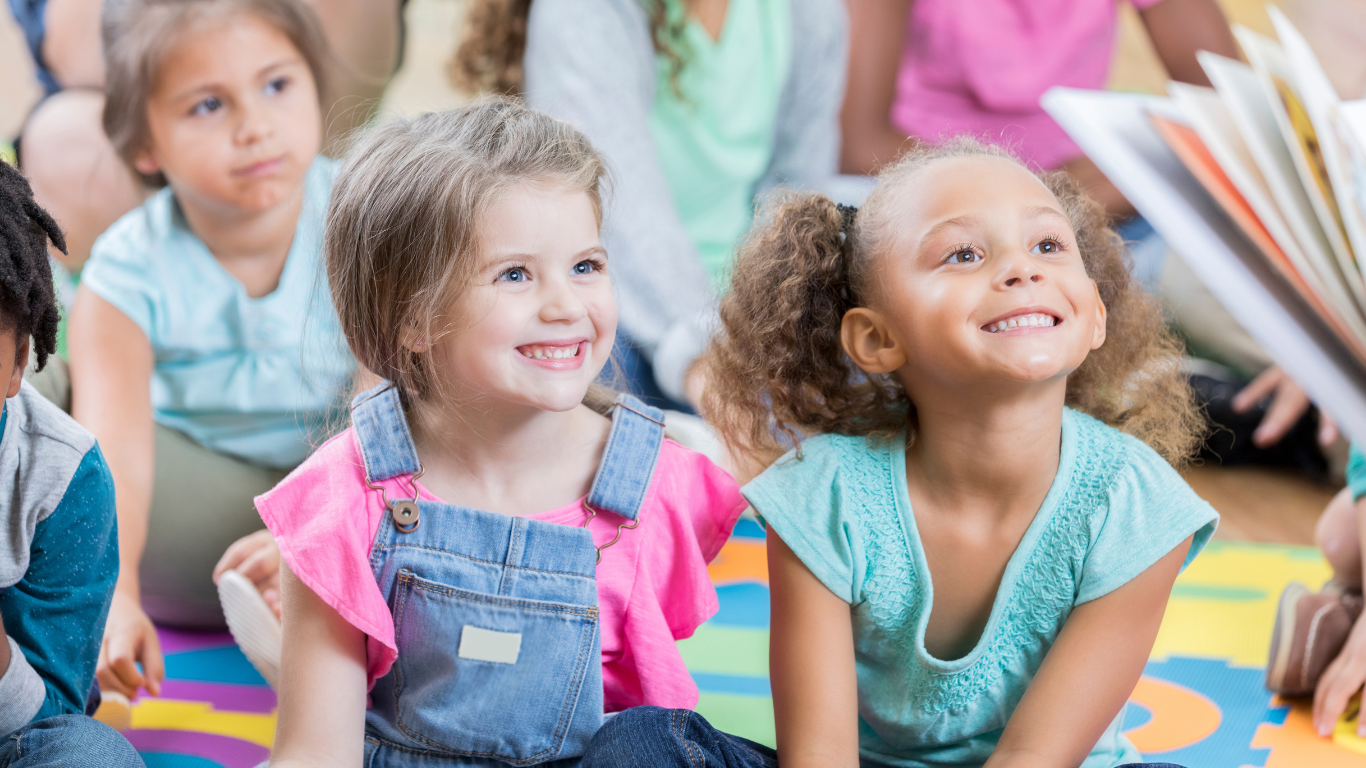
It’s not always smooth sailing when you’re trying to create a truly diverse and inclusive environment in childcare. You’ll probably hit a few bumps along the road. Let’s look at some common challenges and, more importantly, how to tackle them.
Addressing Stereotypes And Bias
One of the biggest hurdles is dealing with stereotypes and unconscious biases, both in children and adults. It’s easy to fall back on assumptions, even without meaning to. The key is to actively challenge these biases.
Here’s how:
- Open Discussions: Create a safe space for kids and staff to talk about differences and similarities. Encourage questions, even if they seem a bit awkward at first.
- Diverse Materials: Make sure your books, toys, and resources reflect a wide range of cultures and backgrounds. Representation matters!
- Role Modelling: As educators, we need to be aware of our own biases and actively work to overcome them. Kids pick up on everything.
It’s important to remember that addressing stereotypes is an ongoing process. It’s not a one-off lesson, but a continuous effort to promote understanding and respect.
Training Staff On Cultural Competence
Having a culturally competent team is essential. It’s not enough to just say you value diversity; you need to equip your staff with the knowledge and skills to put that value into practise. How do you do that?
- Workshops and Seminars: Organise regular training sessions on different cultures, customs, and communication styles. Bring in experts if you can.
- Resource Materials: Provide staff with access to books, articles, and online resources about cultural diversity. Knowledge is power!
- Mentorship Programmes: Pair experienced staff members with newer ones to share knowledge and insights. This can be a great way to build a supportive and informed team. Warooga Childcare emphasises the importance of promoting respect and interdependency among children.
Adapting Activities For All Children
Not every activity will work for every child. Some kids might have different learning styles, cultural backgrounds, or abilities that need to be considered. The goal is to make sure everyone can participate and feel included.
Consider these points:
- Flexibility: Be prepared to adapt activities to suit individual needs. Offer different options and levels of challenge.
- Accessibility: Make sure your activities are accessible to children with disabilities. This might involve providing alternative materials or modifying the rules.
- Cultural Sensitivity: Be mindful of cultural differences when planning activities. Avoid activities that might be offensive or exclude certain children. For example, cooking sessions featuring global cuisines can be adapted to suit dietary requirements.
Measuring The Impact Of Cultural Diversity Activities
So, we’ve been doing all these cool things at Warooga Child Care to celebrate different cultures. But how do we know if it’s actually making a difference? Are the kids really getting it? Are the parents happy? That’s what this section is all about – figuring out how to measure the impact of our cultural diversity activities.
Feedback From Parents And Children
Getting feedback is super important. It’s like asking, “Hey, did you like the movie?” but for cultural activities. We need to hear from the people who are actually involved – the parents and, of course, the kids. What did they enjoy? What did they learn? What could we do better?
- Parent surveys: Short questionnaires asking about their perceptions of the activities and their child’s engagement.
- Informal chats: Just talking to parents at pick-up or drop-off to get their thoughts.
- Kids’ drawings and stories: A fun way for children to express what they’ve learned and how they feel about different cultures. We can ask them to draw a picture of their favourite activity or write a short story about what they learned. This helps us understand their perspective in a creative way.
Observational Assessments
Sometimes, you can learn a lot just by watching. Observational assessments involve teachers and staff observing the children during and after cultural activities. Are they playing together more inclusively? Are they showing curiosity about different cultures? Are they using what they’ve learned in their everyday interactions? These observations can give us valuable insights into the impact of our programmes. We can use checklists or rating scales to make the observations more structured and consistent. This helps us track progress over time and identify areas where we can improve.
Observational assessments are a great way to see how the kids are really reacting to the activities. It’s not just about what they say, but what they do.
Long-Term Benefits For Social Development
Okay, so we know what’s happening right now, but what about the future? Are these cultural diversity activities setting the kids up for success in the long run? Are they becoming more open-minded, accepting, and empathetic individuals? These are the big questions we need to consider. It’s tricky to measure these things directly, but we can look for indicators like:
- Increased social skills: Are the children better at communicating, cooperating, and resolving conflicts?
- Reduced prejudice and discrimination: Are they less likely to make assumptions or stereotypes about people from different backgrounds?
- Greater civic engagement: Are they more interested in learning about the world and making a positive contribution to society?
Tracking these long-term benefits is crucial for understanding the true impact of our cultural diversity activities. We can use a variety of methods, such as Warooga Childcare’s Reconciliation Action Plan, to gather data and assess progress over time. It’s all about creating a more inclusive and equitable world for our kids, one activity at a time.
Understanding how cultural diversity activities affect our community is important. These activities can help everyone feel included and valued. By measuring their impact, we can see how they improve relationships and create a better environment for all. If you want to learn more about how we celebrate diversity and its benefits, visit our website today!
Wrapping Up: Embracing Diversity at Warooga
In conclusion, Warooga Child Care is doing a fantastic job of introducing kids to different cultures right from the start. Through storytime, celebrations, and even trying out new foods, children get a taste of the world around them. This not only sparks their curiosity but also helps them grow into more accepting and empathetic individuals. It’s clear that Warooga values inclusion and belonging, making sure every child feels like they’re part of a bigger community. By embracing cultural diversity, they’re setting the stage for a brighter, more understanding future.
Frequently Asked Questions
Why is cultural diversity important in child care?
Cultural diversity helps children learn about different backgrounds and traditions. It teaches them to be more understanding and accepting of others.
How does Warooga introduce children to different cultures?
Warooga uses activities like storytime with diverse books, celebrating various cultural events, and cooking different foods from around the world.
What benefits come from exposing children to various cultures?
When children learn about different cultures, they become more curious, open-minded, and better at getting along with others.
How does Warooga celebrate cultural events?
Warooga celebrates cultural events by hosting special days where children can learn about and enjoy different traditions, foods, and activities.
What role do parents play in promoting cultural diversity at Warooga?
Parents are encouraged to share their own cultures through storytelling, food, and activities, making it a community effort.
What challenges might Warooga face in implementing cultural diversity?
Some challenges include addressing stereotypes, ensuring staff are trained in cultural awareness, and adapting activities so all children can participate.
